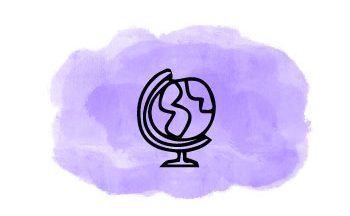Nowadays, it is increasingly common to see a person’s first name followed by pronouns in both English and French.
Presenting our pronouns is a way of trivialising the act of asking people for their customary pronouns and making everyone aware that there are gender identities beyond woman (she) or man (he).
Fictional examples:
- Marcela, she/her
- Luke, he/him/il
- Isobel, iel/they/them
- Harrison, iel
- etc.
In order to avoid misgendering someone, do not hesitate to ask for their pronouns and give them yours as well.
Fictional situations :
Hello, what are your preferred pronouns ?
My pronouns are “she/her” and yours ?
Hello, I am not very familiar with the pronoun “iel” in French, how should I agree adjectives, determiners and past participles ?
Hello, I agree “iel” in the feminine and masculine alternately, I invite you to do the same.
Hello, could you remind me what are your preferred pronouns ? Mine are she/her/hers + feminine agreement.
Gladly, my pronouns are he/him/he + masculine agreement.

